Have you ever walked into a room and think, “I’ve been here before,” or met a person and feel, “I’ve met this person before,” but you haven’t. Yet that connection remains. And that is how the novel, When the Clocks Stopped begins.
This is not your typical time travel novel, but rather the creation of a ”chat room” between eras, where characters do not go back and live in another time, but nonetheless through multi-layered and intertwined time lines, interact together.
Hazel Hawkins lives in 1976, Annie in 1747. Both live in Cottage House on Romney Marsh. We know from the beginning of the novel that this house is special.
“I think this house likes us,” Hazel’s husband Bruce says to her, as if the house has a personality or is a character in itself. Author Marion (M.L.) Eaton told me, “Rose Cottage is based on the cottage that my Australian husband and I bought in Lydd (thinly disguised in the novel as Rype) in 1975… Rose Cottage not only had its own character, its atmosphere was truly warm and friendly, almost as if it had wrapped a shawl round us. And the experience with Annie, and her knocking on the window, is true.” (No spoilers, so you have to read the novel!)
Marion went on to explain that she has long been aware that there are places where the past and future “can bleed through into the present…. Time is not a continuum as we tend to believe, but exists on different planes. I myself have experienced visions and heard voices from the distant past….”
Hazel, like the author, is a solicitor (British lawyer), in an era when women were just entering the field in the UK. Although very pregnant and planning to be a stay-at-home mom, she is roped into writing wills. Her encounter with surprise or condescension when others learn she is the one writing the wills shows her strength of character and reveals keys to the solving of the mystery, as well as mimicking the author’s own experiences. The wills and their details reveal the importance of legacies and what we truly pass down to the next generations.
As Hazel moves into the house that Annie occupied two centuries before, she is threatened by the violence of the smuggling rings. It is then that she regularly sees ghostly images of Annie in their common home and then in the tunnels crisscrossing beneath the English village of Rype. She realizes that Annie sees her as well. Each is not sure who the other is or what world they are seeing, but there is a link and a gradual knowing of the other.
The novel is a mixture of a suspense mystery, a magical un-time travel, a memoir of moving to a small town, a romance and the trials and tribulations of the last few months of pregnancy and being a small town solicitor. It is alternatively sad and funny, frightening and mystical.
“So we are having this conversation in timelessness? How can that be?” Hazel asks.
Annie responds, “Knows’t thou not that the veil between the worlds is rent, here in Rype?” You cannot put down the novel after reading these lines.
I asked Marion about this rent in the world and I looked up the theory of ley-lines running through England and other parts of the world. These are mystical energy lines connecting time and energy, special and sacred places. The two time lines of the plot come together with this special energy.
The mystery and suspense come to the fore in the common theme of smuggling and the violence that accompanies it. Many think of violent crime as a current problem, with the past being idyllic. Both eras show criminals who have little value for human dignity or worth. I asked Marion about the difference between the crime of the past and present.
“Sadly, I don’t think there are many differences between the crime of today and that of yesteryear. The similarities are that the strong still exploit the weak; …money still speaks volumes; and the poor and dispossessed are the targets of criminals. It is particularly sad that modern slavery exists to such a high degree.”
Hazel’s doctor, Dr. Mark Wilkinson, talk together about the stories of smuggling in the past in the Marsh. “The old stories make one think that smuggling’s a thing of the past, but actually its always gone one. It still does today. And the smuggling gangs are still as violent and brutal as they were then, so don’t get some romantic notion of it. It is vicious.”
Marion keeps the suspense and mystery taut, making it hard to put the book down, especially as we ask the question whether can Hazel and Annie can change each other’s futures.
Annie tells Hazel, “Thou hast the key. I pray you use it.”
Read this and the next two in the series to see the excitement and mystery of living on the rift in time.
Hazel and her husband Bruce enjoyed eating meals at The Three Chimneys, Rype’s local pub, from spicy chili to cottage pie. I couldn’t resist the Ploughman’s Platter, with its cheeses and chutneys and fabulous homemade bread. See how to make this pub favorite.
The Ploughman’s Lunch Platter
A popular English pub lunch not only for Marion Eaton’s characters in When the Clocks Stopped!
A crunchy slice of Sour Dough Country French Bread on a platter with cheese, we use Blue Cheese and Aged Cheddar, gherkin pickles, butter ready to spread, a hard boiled egg, sliced heirloom tomato, crispy cucumbers and radishes, cherry tomatoes, marinated veggies—we have dilly string beans—and chutney of your choice. And of course a great stout beer, Guinness from near by Ireland. Branston Pickles are a favorite and I’ll make them for the next time I do this platter! Keep you posted.
Sour Dough Country French Bread
Step 1: Starter
1/2 cup rye flour
1/2 cup bread flour
1 cup warm water
Mix together in a bowl or large jar, cover and let rise for 12-24 hours.
Step 2: White Sour
1/2 cup warm water
1 1/4 unbleached flour
All of starter
1/4 cup rye flour.
In a large bowl, mix together until smooth. Let rise 4 hours.
Step 3
1 cup warm water
1 package or 2 1/4 teaspoons active dry yeast
3 cups White Sour
1/2 cup whole wheat flour
2 1/2-3 cups bread flour or unbleached white flour
3 1/2 teaspoons salt
Flour for dusting work surface
Oil for greasing bowl
Cornmeal for dusting baking sheet
- In a large bowl, sprinkle yeast over water. Stir until dissolved and wait until it bubbles, to make sure the yeast is active.
- Add White Sour, whole wheat flour, 2 1/2 cps bread flour and salt, Mix with large wooden spoon until dough comes away from the sides of the bowl and holds together.
- Turn out dough onto a lightly floured work surface. Knead, adding more flour gradually if dough is to soft or sticky. Knead until dough is smooth and elastic, 8-10 minutes. The dough should push back when you press it.
- Place dough in oiled bowl, turn to coat and cover.
- Allow dough to rise 30 minutes.
Second rise
Punch down dough, shape into a round ball, cover and let rise another 30-40 minutes.
Shaping
Punch down again, divide into 3 loaves for 3 medium loaves or in half for 2 large loaves. Shape into balls. Place on parchment lined baking sheet that has been sprinkled with corn meal.
Proofing
Cover loaf with a flour dusted towel, place in a draft free spot and allow to rise until doubled, about 45-50 minutes.
Brush loaves with warm water and with a sharp knifes score the top attractively with several cuts.
Baking
Preheat oven to 475. Place an ovenproof dish on the bottom rack. Place the bread pan on the middle shelf of the oven. Carefully fill the ovenproof dish on the bottom with boiling water or 4-5 ice cubes. Do not open the oven door for 10 minutes. With a water sprayer, spray the tops of the loaves once or twice during baking.
Bake for 30 minutes or until bottom of loaf sounds hollow when tapped. The top and sides should be hard to touch. Let cool on a wire rack.
Tip: If bread browns too quickly, place a piece of aluminum foil on top of each loaf.
Expandthetable substitutions
Gluten Free: Use only Gluten Free Flour.
Whole Wheat: Substitute White Whole Wheat flour for half the Bread Flour.
Baguettes: Shape into long, thin loaves, about 2 inches in diameter. Shorten the baking time.
Save time: While the slow starter adds a fabulous taste, if you need a quicker baking process, add 1/4 teaspoon yeast to the starter. The first rising should take about half the time.
Adapted from Secrets of a Jewish Baker
Learn more about author M.L. Eaton and her award winning books at her WEBSITE
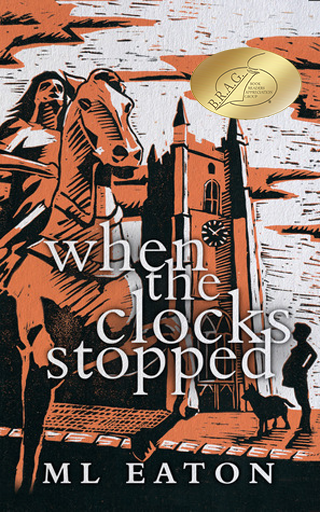
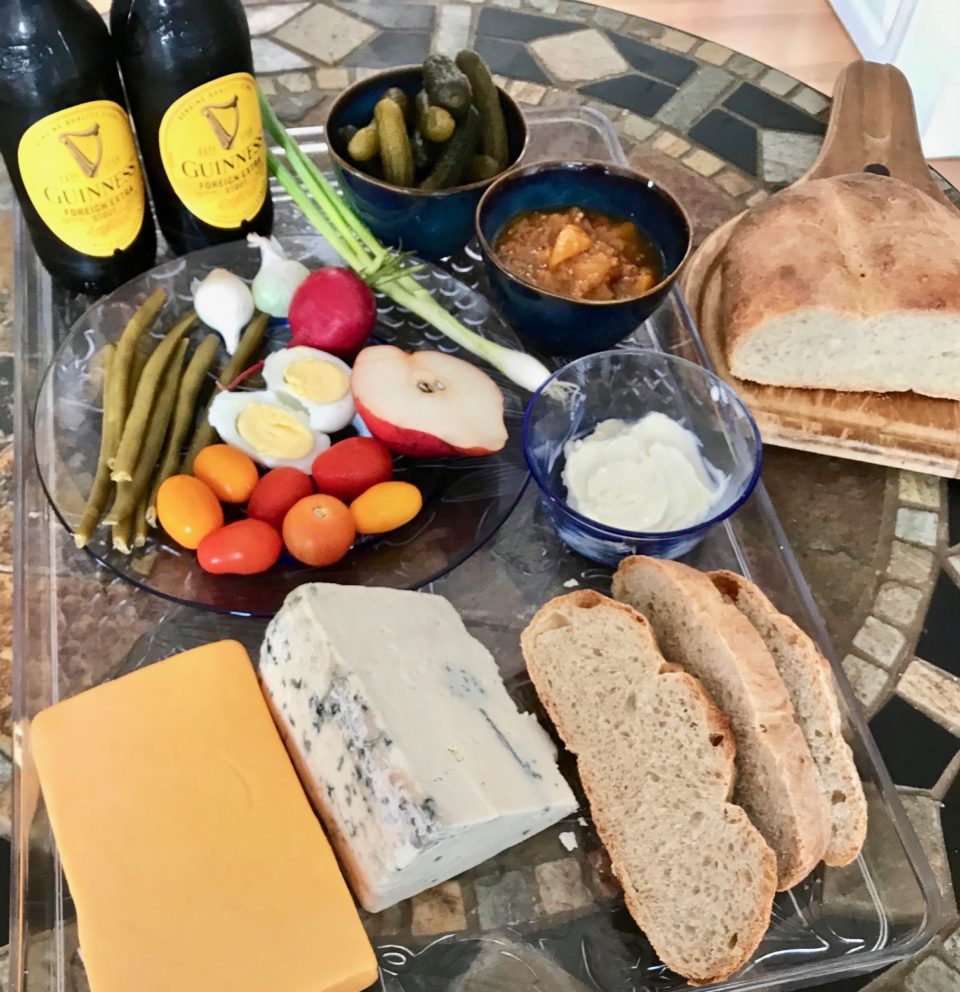
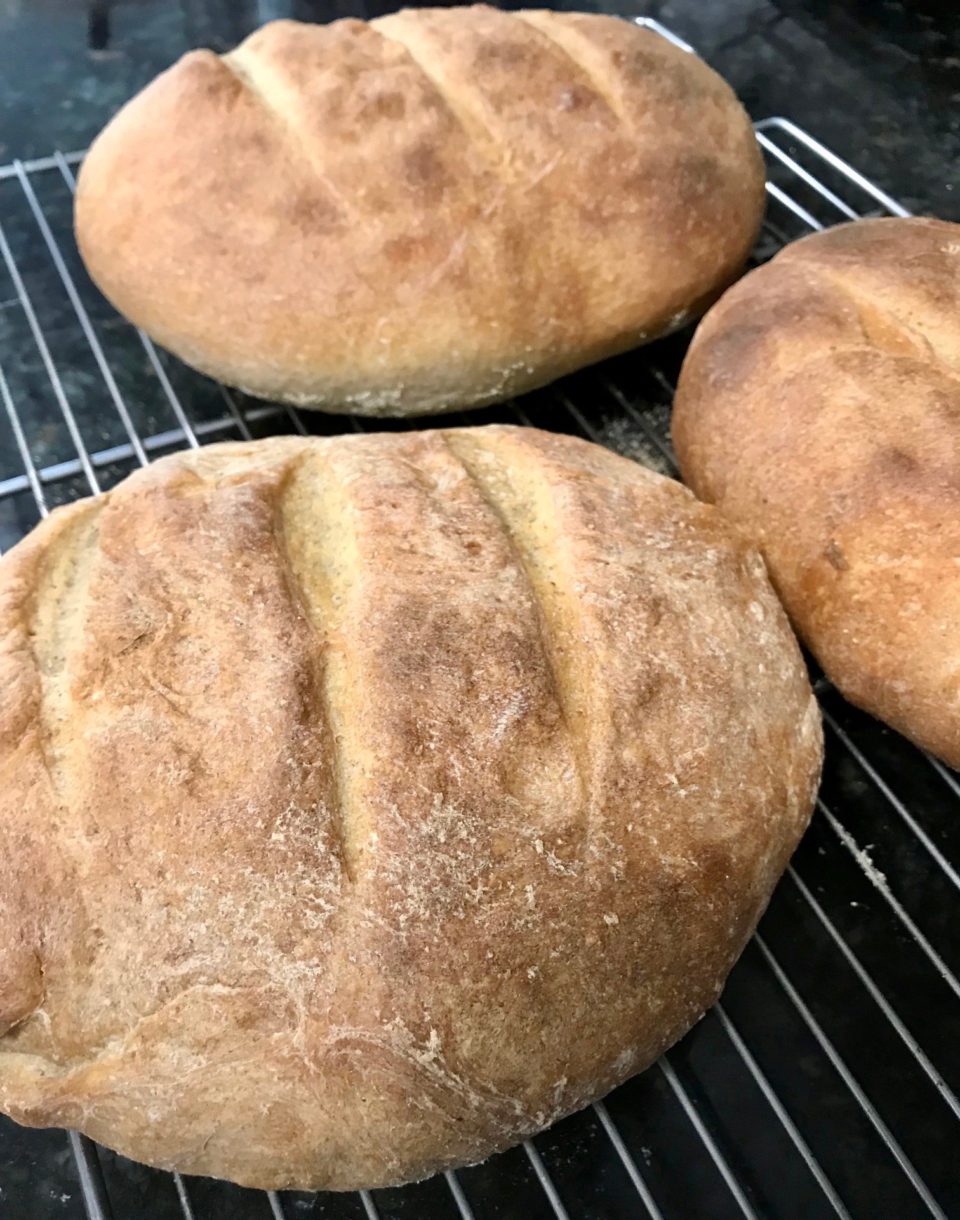
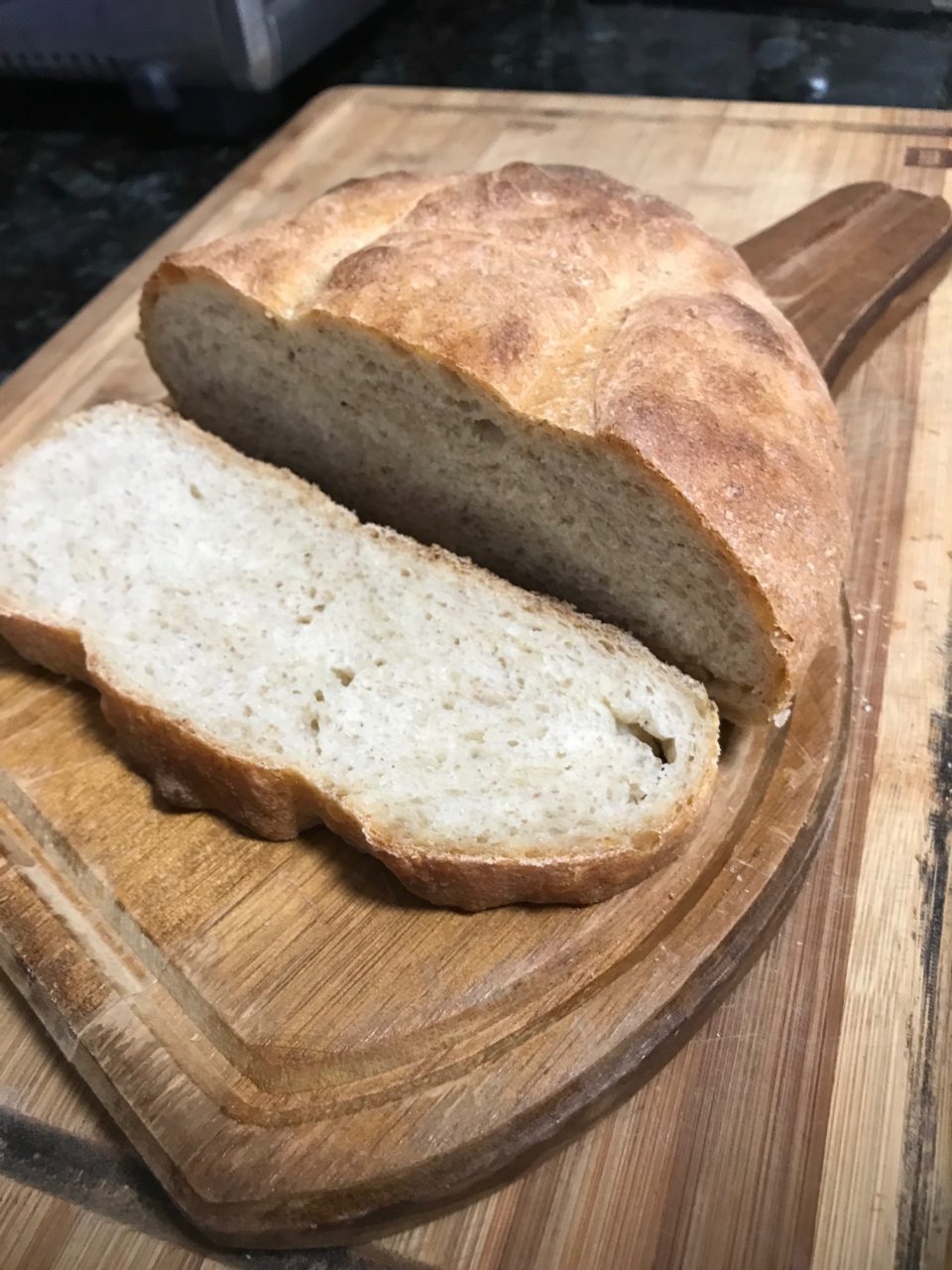
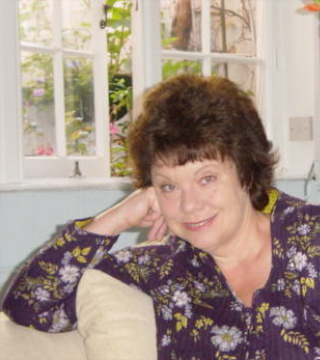
Leave a Reply